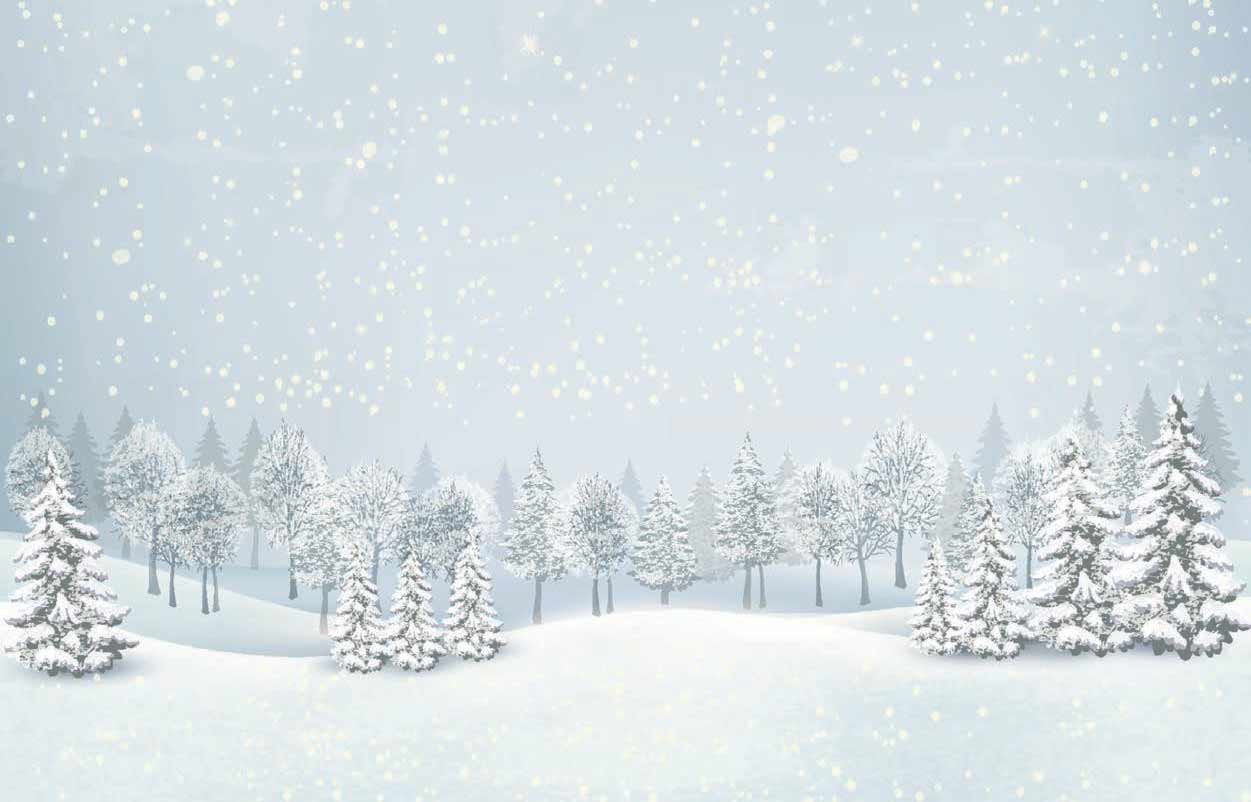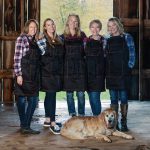
Land trusts not only provide a means for landowners to ensure their properties are protected for future generations, they also come with tax benefits
IF YOU’RE INTERESTED in a gift that truly keeps on giving, consider a donation of land to a local land trust or other conservation organization.
That’s crazy, you say. No one would do that. There you’d be wrong. A quick tally of donations of lands and conservation easements listed on Watershed country land trust web sites totals more than 1,100 acres on a dozen different properties, from Bethany east to Hastings, the Oak Ridges Moraine south to the shores of Lake Ontario.
So who gives land, and why?
One reason is purely monetary. For a donor in the right income bracket, a land gift can provide a tax receipt easily in the six-figure range, which can be carried forward for 10 years. But a look at some of the back-stories behind local donations suggests motivations that have more to do with land stewardship than tax strategies. Among the lands donated to the Lone Pine Land Trust is the 76 acre Munn Tract, located about a kilometre east of Codrington. When the Munn family bought the land in the early seventies much of it was unforested and damaged by overgrazing. Over the next 30 years the family planted nearly 100,000 trees, matching tree species with the soil qualities of each site. As a result, the property contains a variety of forest habitats including red oak, red pine, white pine and spruce, all of which are being managed to encourage progression to mixed forest. About one quarter of the property consists of climax hardwood forest while its lower regions feature large cedars and springs forming the headwaters of Marsh and Salt Creeks. A meadow area near the property entrance provides habitat for grassland birds and mammals. The late Cora Munn and her family donated the land in November 2011; it was Cora’s vision that the property be maintained as a wildlife reserve in perpetuity. But you don’t need to make an outright gift of land, if you have a property with natural values you’d like to see protected.
Readers with long memories may recall that in the spring of 2007 we visited Ralph McKim’s 260 acre Bethany-area property, which includes springs that feed the headwaters of Fleetwood Creek. That Watershed story focussed on the Oak Ridges moraine and how its protection benefits local ecosystems.
Giving away land for conservation purposes is clearly not something anyone does on a whim. It’s a process which takes time…
Four years later, Ralph and his wife Jean Garsonnin added to the protection already offered through the Oak Ridges Moraine Conservation Act by working with the Kawartha Land Trust (KLT) to put a conservation easement on the property. A conservation easement allows owners to sell their lands, but with restrictions on activities that new owners are legally obligated to meet. Kawartha Land Trust is responsible for overseeing the conditions of the easement and must monitor the property at least once a year.
Ralph McKim’s story with the property, named Ballyduff Trails after a hamlet that existed nearby, begins with its purchase in 1986. But he credits his awareness of its natural values to a geographer and a biologist who lived there while Ralph and his wife were working in Africa. “They made us aware of the ecological wealth of the property…and of the responsibility we had unknowingly undertaken, to protect it. In a sense, they gave us new eyes – a new vision. On our return to Canada they helped us plan and implement our forest management, develop our trails and begin to build our prairie – in effect, become responsible stewards.”
As for why he chose further protection on a property already protected by a provincial Act, Ralph McKim says “Our concern was, and is, that a change in government can result in a change of values, policies and legislation. We wanted to protect our property from any such regression. Short of expropriation, we think we have achieved this.”
Not just any property can qualify as an Ecological Gift. Generally speaking, properties that qualify are those that can contribute to the conservation of Canada’s biodiversity and environmental heritage. Ontario has a very specific list of criteria that includes habitat for at-risk species, provincially significant wetlands, areas next to parks, and areas protected for their natural values under the Oak Ridges Moraine Conservation Plan.
If you’re interested in pursuing a gift of property or a conservation easement, and you think your lands might qualify, your first step would be to contact a local land trust or a conservation authority, which can also accept land gifts and issue charitable receipts. The Ecological Gifts program has a list of eligible recipients on its web site.
Next steps would include working with your chosen gift recipient to fill out an application and arrange an appraisal of the value of your gift. In the case of an outright donation, known as ‘fee-simple’ in land donation jargon, this will be based on its current real estate value. If you were to go with a conservation easement, the value of your gift – in a process known as ‘split receipting’ – would be determined by the difference in its market value before and after the conservation easement.
One of the factors involved in split receipting is the ongoing cost to the recipient. Ralph McKim notes that Kawartha Land Trust (KLT), where he’s a trustee, seeks a contribution to an endowment fund which provides funds for monitoring and stewardship activities. “The first ‘ask’ for the contribution is to the donor. If the donor is unable to make the contribution, KLT may seek to raise the funds, especially if the property is of high ecological value.”
Giving away land for conservation purposes is clearly not something anyone does on a whim. It’s a process which takes time; it seems reasonable to say that if you made a decision to make such a gift this Christmas, you might spend much of 2020 working out details. But since the Ecological Gifts program began in the mid-90s, literally thousands of Canadians have made these gifts to the future, helping to support natural systems that ultimately support us all.
Story by:
Norm Wagenaar




